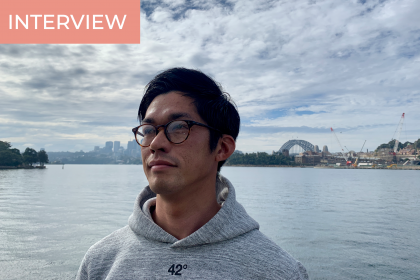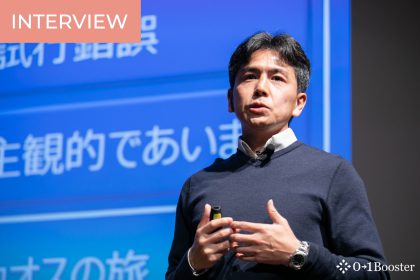Amami Oshima cats live on an island between Kyushu and Okinawa, blessed with hot weather, white beaches, beautiful sea, corals, and a tropical forest with unique fauna and flora. In 2021, it became a UNESCO World Heritage site. However, it is lesser known for its “feral cat management plan,” a euphemism for culling cats that are considered a threat to the island’s endemic species.
Before the feral cat management plan even began, Yuka Hattori devoted herself to ensuring none of the island cats would be killed. With the support of more than 500 people, she has built a network of volunteers and opened the Cait Sith cat café in Yokohama. Her objective: find all the captured cats a new home.
Read on to learn the reality behind Amami Oshima’s feral cat management plan, how Yuka successfully built her rescue project, and insightful advice on rescuing and taking care of animals.
Amami Oshima’s Feral Cat Management Plan
Once you get involved with the feral cat management plan, you soon realize there are many things in that plan that do not make sense.
What did cats mean to you before you got involved in this project?
Cats were a natural part of life. I have always brought cats home, and I have always considered them cute animals who live with humans.
How did you feel the first time you heard about the feral cat management plan in Amami Oshima?
The first time I heard about it was from Dr. Saito, a veterinarian who was the representative of the NPO where I was volunteering. At that time, I was helping her rescue cats from Ibaragi Prefecture from culling. She told me that in Amami Oshima, to protect native species, they were about to start culling what they were calling “feral cats.” After being caught, the cats would be kept for a week and then killed.
Since we were talking about “wild cats,” Dr. Saito did not know if the cats would be difficult to handle. I was furious that the cull used taxpayers’ money. There were only three people to take care of the cats at that time, so Dr. Saito asked me if I wanted to do something. Since I had experience fostering cats for her, I said yes without much hesitation.
A lot of information is not shared unless you get the authorization to transfer cats. Without it, you may think that the culling of these cats cannot be helped since they are harmful animals, and we need to protect the world heritage site and its native species.
However, once you get involved with the “feral cat management plan,” you soon realize there are many things in that plan that do not make sense. I felt the need to tell everybody about it, mainly because there had been a lot of news on television presenting cats as a harmful species. At the time, I did not realize how long it would take to plead for that cause and how much I would have to do.
The cats are considered feral cats or stray cats depending on which cage they happen to enter.
Could you please tell me more about the difference between how the terms “feral cat” (ノネコ, noneko) and “stray cat” (野良猫, nora neko) are used in Amami Oshima?
At first, to get the authorization to transfer cats, we had to go to an information session held by the Ministry of the Environment. Their definition was that “a feral cat is a cat who is not dependent on humans and finds food by itself. It is different from a stray cat.” By their definition, a stray cat is a cat fed and cared for by humans.
That means you cannot determine if a cat is a feral cat or a stray cat unless you look inside their bellies to check what they ate. You could inspect their feces and see if what comes out is, for example, mouse or rabbit bones. But it is impossible to judge if it is a usual rabbit or an Amami rabbit only by looking at their remains—nor make the difference between a regular mouse or one of the native species. [Editor’s note: After further verification, Amami rabbits are the only species on the island.]
The person who gave us these definitions had cats and volunteered for cat protection. Still, they were putting a lot of effort into trying to differentiate feral cats from stray cats. It sounded like a way to justify their feral cat management plan. I could not help but feel like they were trying to twist things around.
After that information session, I expected to care for very wild cats. Still, the first cat I got from Amami Oshima was a Siamese mix cat. It was adorable, with blue eyes. I was a bit surprised, but I realized the “wild cats” were just like regular cats after a little while. The Ministry of the Environment was doing its best to stick a bad image to them.
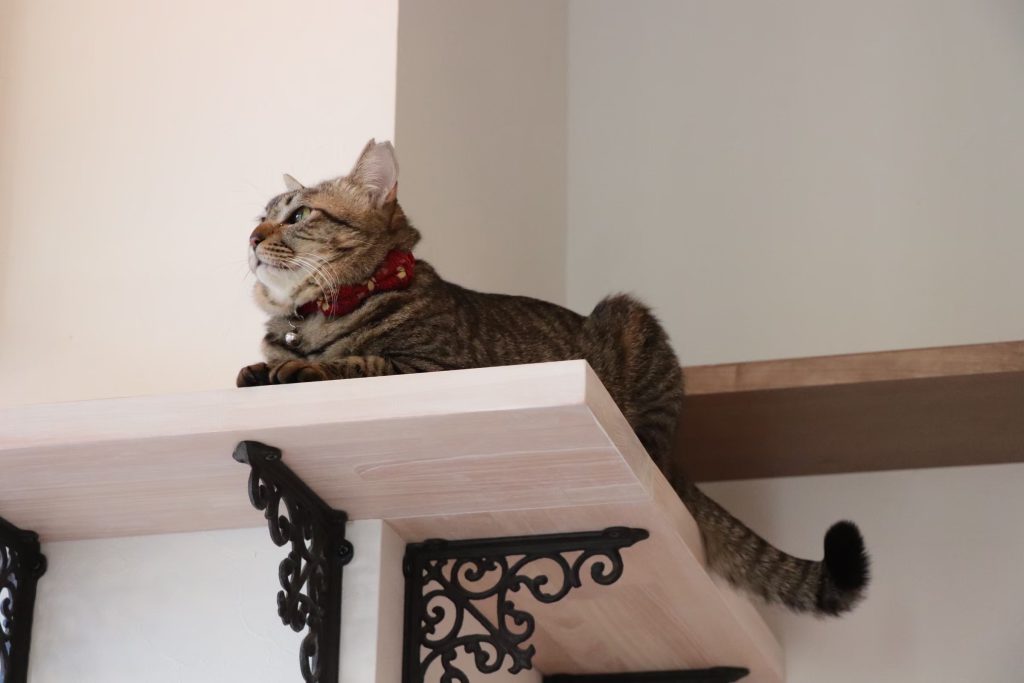
How does that naming affect the are the cats’ capture?
People employed by the Ministry of the Environment set up 300 trapping devices. These devices look like cages where you put food to attract cats and which doors automatically close once the animal is inside. The staff checks these cages two times per day. Their locations remain secret.
The cats that enter the cages marked “feral cat” are treated as such. The cats that enter the cages marked “stray cat” are sent to Kagoshima City to be neutered and then released.
We have no idea how far the two types of cages are from each other. Some are probably set in villages, and others are set near the mountains on the other side of the road. Basically, the cats are considered feral cats or stray cats, depending on which cage they happen to enter.
That does not make much sense.
Keeping the traps’ locations secret helps them stick to their plan. Even if we make remarks about some cats who look and behave like they were dependent on humans, we just get ignored.
Until now, each month, the staff chose one or two locations on the island to set up their 300 devices. However, in April 2021, they announced they would expand the area where they set up the traps. Since everything is kept secret, we do not know how large the covered area will be.
Building a Rescue Project
So far, we have managed to rescue all the cats.
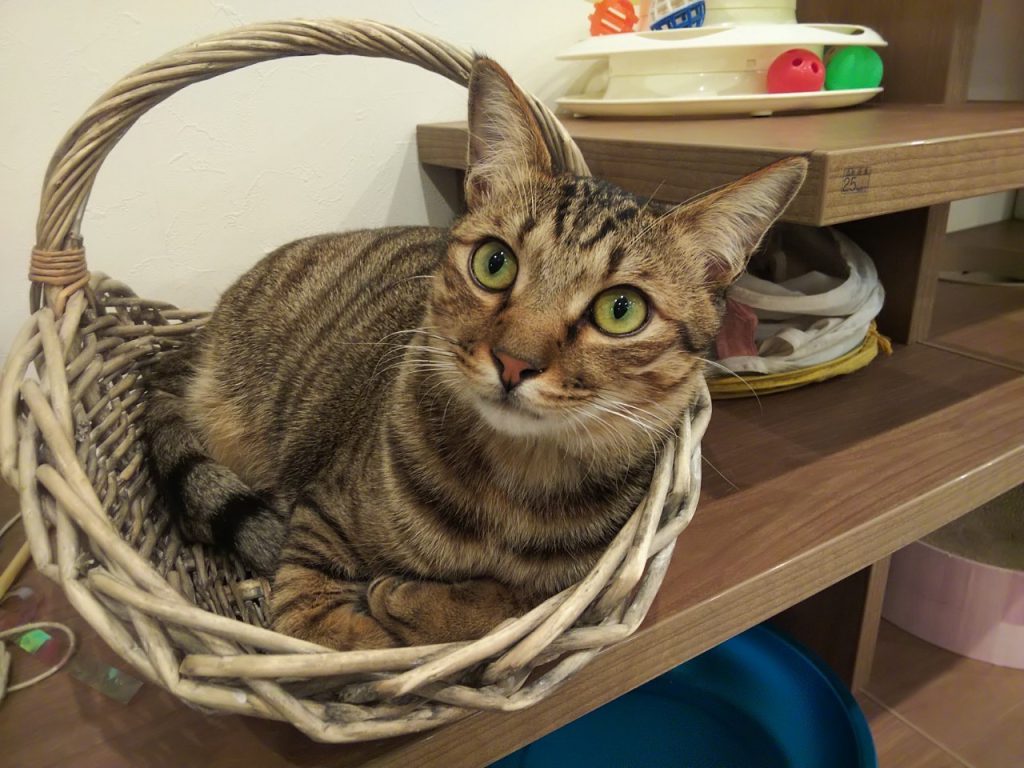
Can you tell us how your project evolved with time?
I opened my cat café for transferred cats on April 5, 2020. My management plan was ready in July 2018, and I got the transfer authorization three months after that. During the first year, I exchanged information with Dr. Saito and other NPO members. The Ministry didn’t capture a single cat during that period. Then, they suddenly started catching 20 cats per month. It became hard for the six of us to take care of all of them.
I absolutely wanted zero cats to be killed, so I started crowdfunding to open a cat café to welcome more cats. Thanks to that, we attracted a lot of supporters. Now, we have 20 volunteers who can also keep the cats at their place until we find them a new home.
So far, we have managed to rescue all the cats, so it is a success! It is challenging to keep our energy because the cat management plan will last for six more years.
How are the cats sent from Amami Oshima to your cat café?
The cats captured in the feral cat cages are sent to a “feral cat center.” The staff checks that the cats do not have FIV or leukemia. Then, they send us an email to ask us to retrieve the cats in less than a week. It is requested that we go and meet the cats first, which is another regulation that makes no sense. Thankfully, we have volunteers in the area who do that for us because it is impossible for us to go all the way to Amami Oshima.
After that, the cats officially become mine. Then, by email, people from the wild cat center ask me if they should neuter the cats or if we are going to take care of the operations. Since there was trouble in the past, I prefer to do it in the Kanto area. Finally, the cats travel by plane to Haneda Airport, where I go and pick them up.

There, Yuka and Caith Sith volunteers pick up the cats and complete the necessary initial medical care.
The cats will stay with a care volunteer for 2 months to become accustomed to humans and complete various initial medical procedures such as vaccines, spay/neuter, and deworming. Then they will be moved to the Cait Sith shelter.
Our customers must understand that taking care of a cat’s life is a 20-year commitment.
Is there a common point between the people who adopt Amami Oshima cats?
The central common point is that they do not want to buy cats in a pet shop. Although most of them want to adopt rescue cats, only 10 percent of them do it because the cats are from Amami Oshima.
The fact that we are easy to access plays in our favor. That being said, we make sure to talk for at least an hour with people who want to adopt. Our volunteers take care of the cats for at least two months before sending them to their new families. We first explain how much these cats matter to us and how much effort we put into their being here with us.
After they hear all the things they must set in their homes for the cats, the people who are not serious about adopting naturally give up. I ask them to secure their doors by setting up an extra door and securing the veranda windows. That costs an additional 50,000 yen if you do it yourself, so if you want to adopt one of our cats, the starting cost will be about 100,000 yen. If people are not ready to spend that much money, I am afraid they will be the kind of people who will prefer to wait and see instead of immediately seeing a doctor when their cat is sick. Being ready to spend some money to give a good quality life for your cat—choosing better quality food, for example, is proof of love.
We also make sure that people who choose a cat who loves being in the presence of humans are not going to leave it alone most of the time. In that case, it is better to choose another cat or adopt two cats so they will not feel lonely. The cats’ interests come first.
Our customers must understand that taking care of a cat’s life is a 20-year commitment. If they cannot commit to that, they are looking for a toy and not a pet. We keep in contact with all the people who adopted our cats to address their concerns and check on them. That represents 230 people so far!
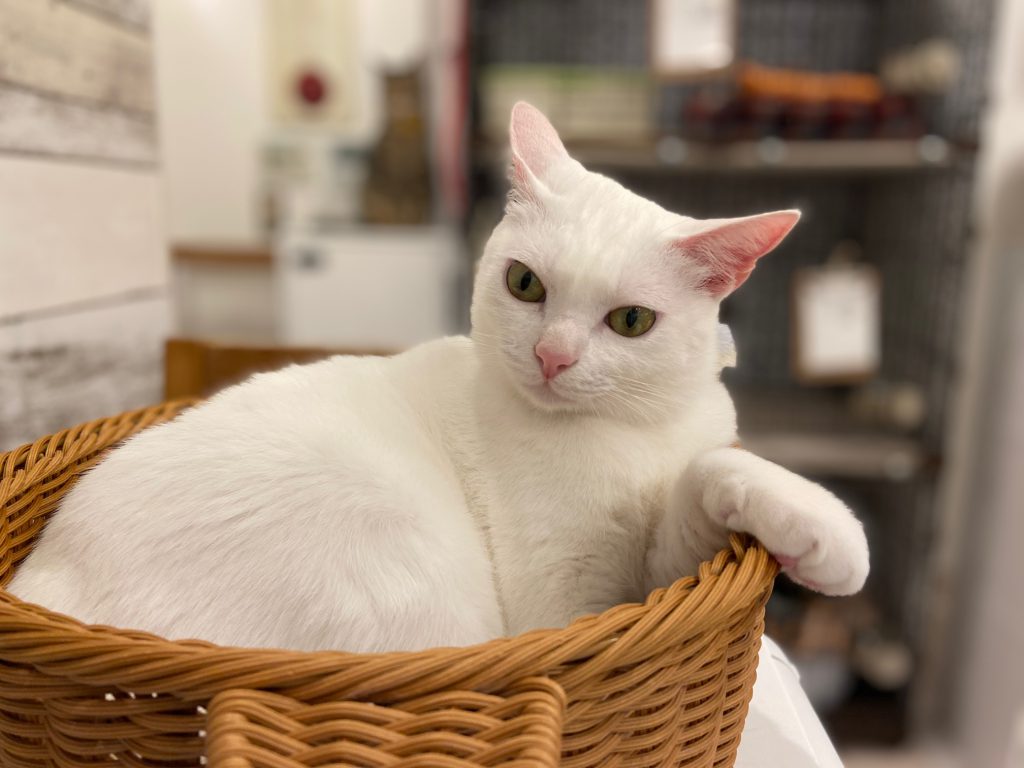
Regarding the people who do not want to buy cats in a pet shop, is it because they are concerned about the “limit date” put on the pets’ lives?
[Editor’s note: Animals who do not sell are usually put down, and more than 120,000 animals are killed in Japan each year. Read more information about the Japanese pet industry.]
I cannot tell you for sure. However, once you become a volunteer, you realize that it is not the pet shops who have the most significant responsibility regarding that matter, but the breeder companies and the politicians who support this. People who want to adopt a rescue cat are probably not aware of that fact, though.
I wish I could show people the harsh reality of puppy mills, the poor dogs who must give birth repeatedly and who are destroyed.
Are there cats who left a memorable impression on you?
There was a specific cat, Fusha, a black cat, who was especially hard to handle. One of our volunteers trained him to get used to human beings for a year. Even after that, we could not find him a new home because he was hissing all the time.
We took him to the cat café, but he was often hissing, and the volunteers were afraid of him. However, in such cases, the cat is the most afraid, so humans should not be scared. Eventually, after some time, the skills of our volunteers improved a lot. They became able to deal with more difficult cats.
Eventually, Fusha was adopted by someone who supported us during our crowdfunding period. He now lives happily and in harmony with his new owner and another cat.
Challenges and Advice on Rescuing Animals

What were the challenging moments in rescuing the cats?
For me, it is the fact that we only have one week to retrieve the cats because I have to find people who can take care of them until they find a new home. One day there is no cat, and on the next day, I get an email saying there are six cats to pick up. When there are 20 cats, I get so busy I cannot take care of my regular job. It is stressful, especially because emails from the wild cat center can arrive anytime during weekdays, so I constantly check my inbox.
One time, a cat was neutered in Amami Oshima and got a hernia from the operation, which we discovered after its arrival. We had to arrange another operation.
What are the happy moments that keep you going?
Without hesitation, those moments would be when we find a new home for the cats.
There is also the fact that I was able to create a place to raise awareness about what is happening. The cat café has easy access in an area where there are a lot of families. Many people come here to entertain their children, and I see it as an excellent opportunity to educate kids about cats. After visiting, many people ask me what is going on in Amami Oshima.
Thanks to that, more and more people want to help, too. Now there are more than 60 volunteers.
What is your next objective?
My objective remains the same: for the number of cats to be culled in Amami Oshima to remain zero.
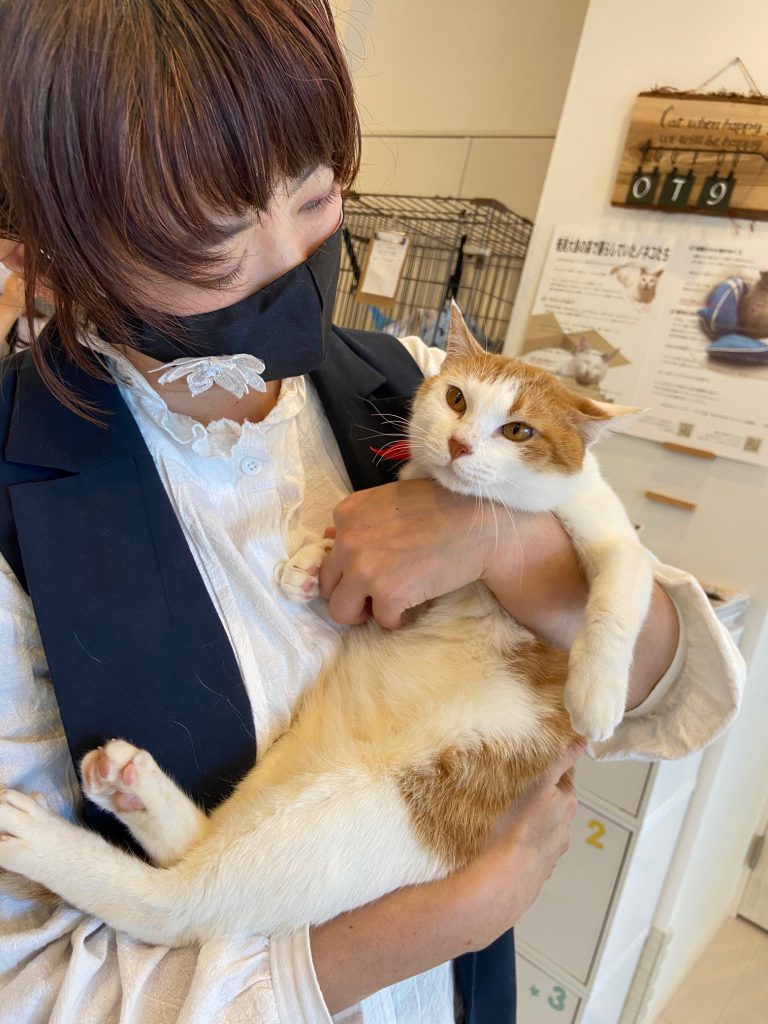
Do you have any advice for people who would like to rescue animals as you do?
Please make sure not to push yourself too hard—do not burn out. You need to take care of yourself to keep going in the long run.
I meet many people who say they would like to start a cat café, but I often advise them to do things small, like renting a place where they can keep three cats. Running a cat café involves a lot of money difficulties, so it is better to choose a system that fits what you can do.
Also, when you find a new potential family for the cats, it is imperative to educate them on how to raise the cat properly. For example, you have to tell them how to handle a cat, the importance of neutering the cats, why the cats can’t be allowed to freely roam around, etc.
I recommend finding someone who is already doing a similar activity and learning as much as you can from them so that you can build your project in detail.
If our readers want to become volunteers or support you in another form, how should they proceed?
To become a volunteer, you can fill out the form on our website. You can also support us by buying items that we need, and you can also donate money.



